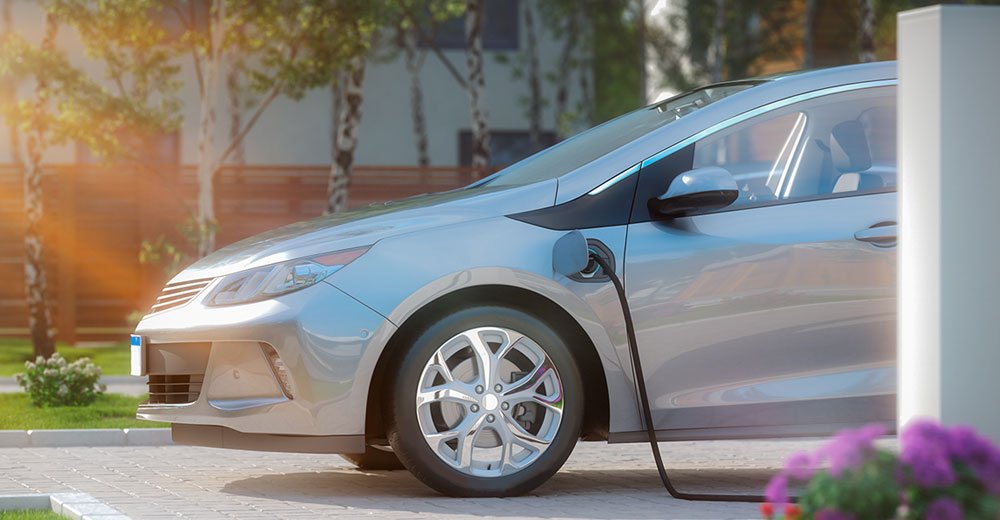Plug-In Hybrid cars are ideal for those looking to enjoy the benefits of an electric vehicle without worrying about range anxiety. These vehicles feature dual drive trains—one electric and one gas-powered—offering the best of both worlds. However, they are more complex than traditional all-electric or all-gas cars.
When primarily driven by electric power, the less-reliable gas system experiences minimal wear and tear, extending the life of those components. However, infrequent use of the gas system can lead to issues with ethanol, which can gel and clog the fuel delivery system if not replaced regularly.
I currently drive a Volvo XC60 Recharge Plug-In Hybrid. From my experience, an electric range of at least 30 miles is crucial for maximizing electric power usage. The closer you reach a 100-mile range, the less you must rely on the gas engine. While fully electric cars are great as secondary vehicles, Plug-In Hybrids can serve well as primary or secondary options.
Exploring Hybrid Car Technology
Hybrid cars come in several variations. Initially, hybrids used secondary electric systems to enhance performance, allowing for smaller, more fuel-efficient engines. While this approach is now primarily seen in supercars and the new Corvette E-Ray, current hydrogen-powered cars also fall into the hybrid category. These vehicles use hydrogen to power a generator that charges the batteries, theoretically offering better efficiency than pure electric cars without the range limitations.
Despite the potential, hydrogen-powered cars remain niche due to the high cost of home hydrogen generators (over $10,000) compared to more affordable home Level 2 electric car chargers (ranging from $200 to $1,000).
Plug-In Hybrid cars are the most prevalent, combining a gas engine and electric motors. Although some earlier models like the BMW i3 included gas-powered range extenders, these are mostly phased out in favor of designs like my Volvo, where the gas engine drives one set of wheels and the electric motor drives the other.
Due to the supplementary electric power system, these vehicles offer longer ranges than pure electric cars and can sometimes exceed the range of gas-only cars. Fully charging a Plug-In Hybrid at home typically takes under 10 hours or overnight, which is much quicker than charging a fully electric vehicle.
Stay tuned as we examine the top Plug-In Hybrid models for 2024, offering a blend of efficiency, performance, and convenience.
Polestar 1 Plug-In Hybrid Electric Performance Car
The Polestar 1 is the best Plug-In Hybrid due to its impressive electric range. It offers 52 EPA miles in pure electric mode, with Polestar claiming it can reach up to 77 miles. Priced at $150,000, it’s a premium choice that delivers a near-perfect blend of performance and electric efficiency. This vehicle is more akin to a large GT—a practical sports car that’s stunningly designed and exclusive at its price point.
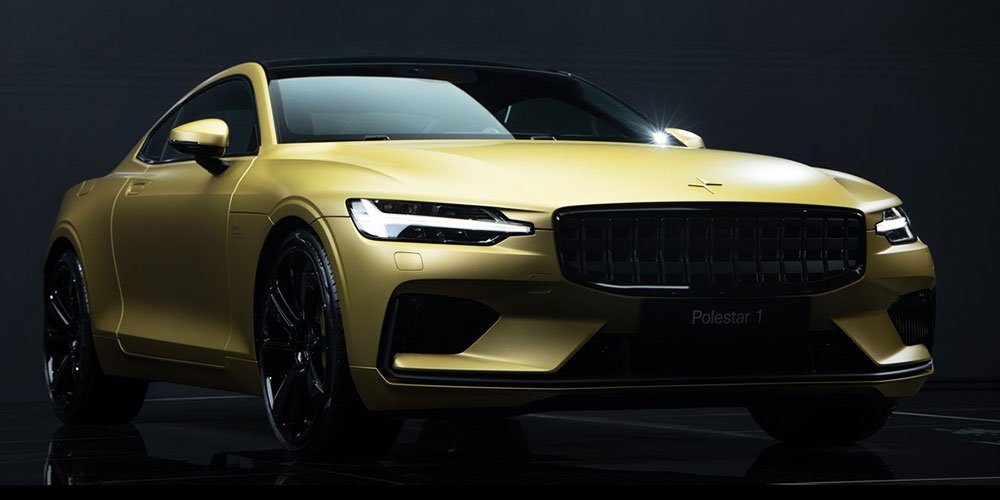
With a robust performance profile, the Polestar 1 boasts around 600 horsepower and a staggering 738 pound-feet of torque, achieving 0 to 60 mph in just 4.3 seconds. It features a supercharger to eliminate turbo lag and a turbocharger for extra boost at higher RPMs. As the inaugural Polestar model, it resembles a show car more than a production car due to its advanced aesthetics and technology. If budget were no concern, the Polestar 1 would be my top pick, exemplifying automotive art that looks even better in person than in photos.
Range Rover Sport Autobiography PHEV
Despite Jaguar Land Rover (JLR) facing challenges with its transition to an all-electric lineup slated for next year, the Range Rover Sport Autobiography remains one of the top-performing and most affordable hybrid electrics. Priced at over $120,000, it doesn’t offer a significant price break compared to the Polestar 1. However, it stands out for its practicality as an SUV.
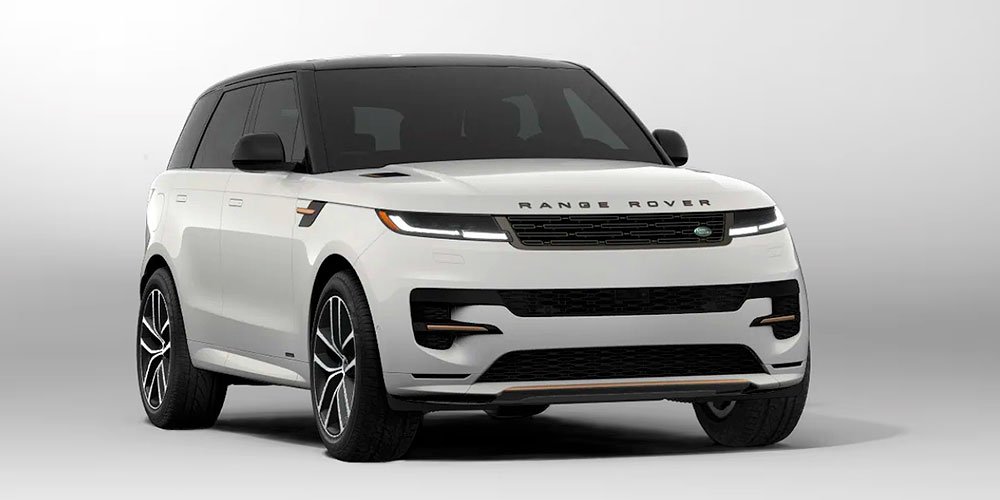
With 543 horsepower, a 0 to 60 mph time of 4.7 seconds, and a certified electric range of 51 miles, this vehicle combines luxury, performance, and functionality. It features decent luggage space and off-road capabilities, characteristic of a Range Rover. However, the high price tag and JLR’s uncertain future regarding its electric transition may be points of consideration for potential buyers.
BMW X5 xDrive50e Plug-In Hybrid Sports Activity Vehicle (SAV)
At $73,000, the BMW X5 xDrive50e is a relative bargain compared to the previous models. It delivers robust performance with 483 horsepower and a 4.6-second sprint from 0 to 60 mph. While it might not be as visually striking as the Range Rover or Polestar, it offers practicality with ample storage capacity and a significantly lower price.
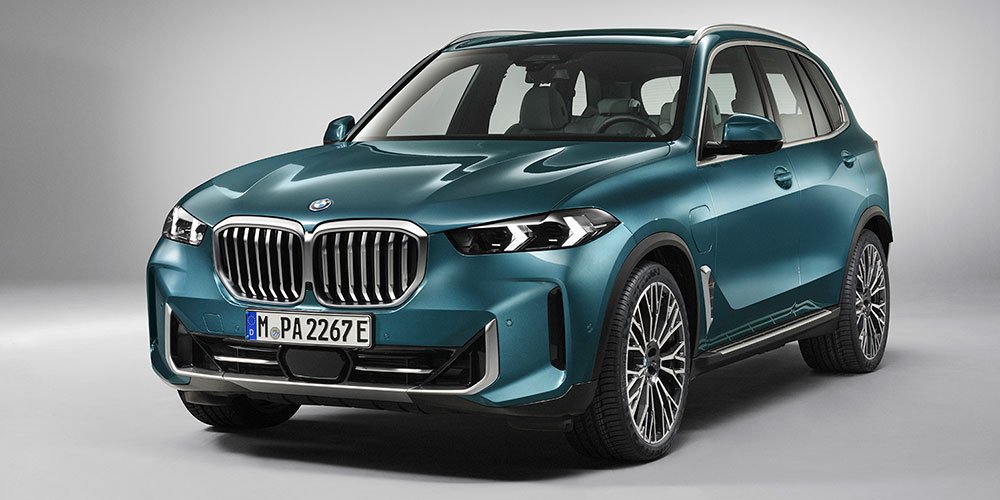
The xDrive50e is designed for versatility in various weather conditions, and as a BMW, it promises impressive handling, albeit slightly stiff. It lacks the prominent grille on some of the latest BMW models, which might appeal to those seeking a less conspicuous luxury vehicle. BMW’s stable financial standing and extensive dealer network further enhance the appeal of this model, ensuring reliable service and support post-purchase.
Volvo XC60 Recharge Plug-In Hybrid SUV
We drove a 2021 Volvo XC60, and initially, my wife was resistant to the idea, recalling the boxy designs of old Volvos. However, she quickly changed her mind once she saw and drove the car. While our model has an electric range of only 20 miles, newer versions offer approximately twice that range, making me wish we had waited for the newer model.
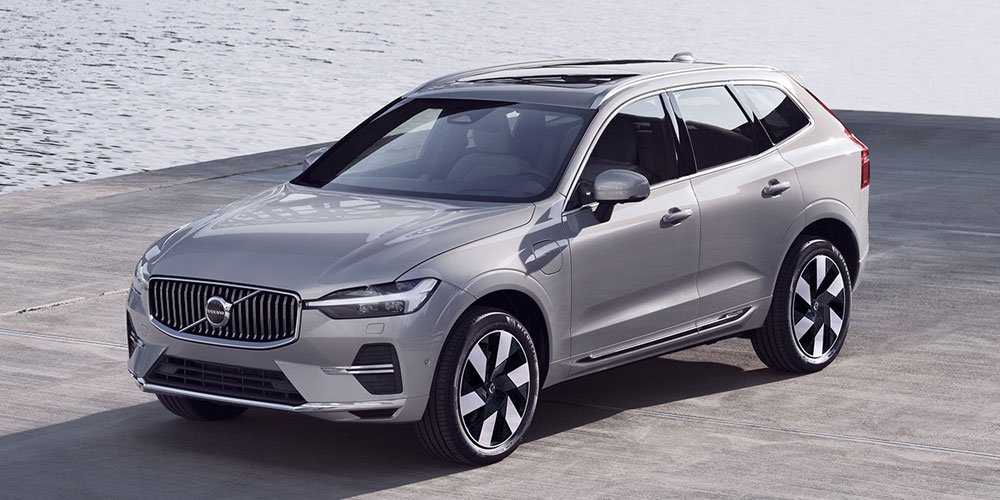
This car has been excellent for us, especially with our pets. During a massive snowstorm a few weeks ago, it performed like a tractor with minimal slipping, thanks partly to the snow tires we installed. Although its towing capacity of around 3,000 lbs. is modest, it doesn’t detract from the car’s overall capabilities. This 455-horsepower SUV accelerates from 0 to 60 mph in 5.9 seconds. Prices start in the low $40,000 range, while our fully configured model costs closer to $65,000.
We’ve owned this car for three years, which has been trouble-free. It’s great for short and long trips, with a total range of over 500 miles. On this list, it’s a genuine bargain.
Toyota Prius Prime XSE Plug-In Hybrid EV (2023 Model Year)
The Toyota Prius Prime is popular among Uber and Lyft drivers and is known for its exceptional hybrid technology. Although not a personal favorite, it’s hard to deny the value the Prius line offers.
With its plug-in capability, the Prius Prime excels in terms of value. Available in three models (SE, XSE, XSE Premium) with base MSRPs ranging from $32,975 to $39,670, this car isn’t about performance. With a 0 to 60 mph time of 6.6 seconds, it’s one of the slower Plug-In Hybrids on the market.

Continuing the legacy of the Prius, the Prius Prime sets a high standard in the Plug-In Hybrid segment. It remains one of the most practical options, with an EPA-estimated all-electric driving range of up to 44 miles. While not suited to my preference for performance vehicles, the Prius Prime represents outstanding value, especially for those focused on fuel efficiency and high mileage.
Wrapping Up
For our needs, where most trips are under 10 miles, a Plug-In Hybrid is a better primary vehicle than a fully electric or purely gas-powered car. Thanks to our home’s giant solar array, we drive the car for free, using only about three gas tanks a year, which helps avoid issues with ethanol gel in the fuel system.
Suppose we had the newer version of our Volvo. In that case, we’d consider using non-ethanol gas to reduce our gas usage further, potentially by one tank a year.
Plug-In Hybrids are an excellent choice for those seeking the benefits of an electric car without the drawbacks of the public charging network. They offer more range than current electric vehicles. They provide a great way to reduce your carbon footprint and enjoy the convenience of at-home charging. In contrast, the electric charging infrastructure continues to expand.
These vehicles are transitional, likely to phase out a few years after traditional gas cars. However, this won’t happen for at least five years, making current purchases a relatively safe investment.


